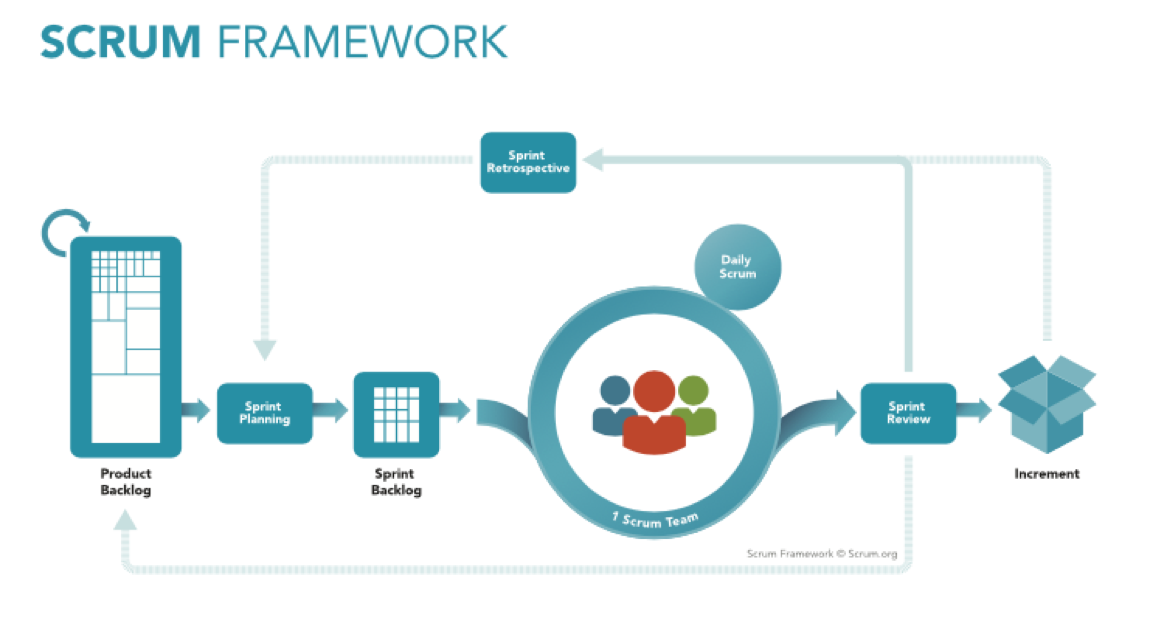
Marketing has changed beyond all recognition in some ways in the last several years. Although according to LUMA Partners, a marketer’s job has actually not changed with regard to goals. LUMA Partners explain that every marketer’s ultimate goal is to increase revenues at the lowest possible cost. This goal sometimes gets lost when companies are thinking about technologies and approaches to use, but this is still the end goal for marketers. In doing this, LUMA Partners state that marketers have to:
“Optimise the customer experience through delivering the right message at the right time to the right person.”
LUMA Partners produced a helpful presentation that explains digital marketing very well. They outline that there are new technologies that are said to be helping to achieve targeting customers effectively.
Big Data
One is Big Data. When done well, Big Data offers analytics that provide a greater depth of knowledge about customers. This provides the ability to be able to provide web and email personalisation, among others. Few marketers have really embraced personalisation to the level that it is currently available through Big Data and predictive analytics techniques. It is possible to track consumer activities to start building up a profile of potential customers. This enables better targeting of those potential customers in the future, by having more information about those possible customers and knowing what they are looking for, to some extent.
One approach to market digitally and get more sales is through display retargeting. This is a process that leverages personalisation to utilise data that was gained when a potential customer interacted on a site, to get them to revisit the site again. Over time, more information becomes known about that specific potential customer, such as their age, name and interests and even their email address.
It is explained that this provides marketers with the opportunity to use email and other types of marketing channels like Facebook Custom Audiences or Twitter Tailored Audiences. It is then possible to target messages that have been customised for specific clients based on their actual interests. This includes putting in the types of offers that they may be most likely to go for as well as making sure the email is delivered when the potential customer is most likely to open it. These types of solutions are reported to be possible to deliver at scale, even though they include a great degree of personalisation.
Identity
Identity is explained to have a key role to play in marketing, and this is well illustrated in the example above. This has led to the development of so-called predictive marketing platforms that help with the type of personalised marketing described. One important development is the understanding of the importance of a customer experience that is consistent. In doing this, having a knowledge of the customer’s identity is important to develop a profile based on that user, including knowing the device used.
Another change is that content marketing has had to become much more dynamic and responsive, and many marketers still need to get to grips with this. It is argued that in the past organisations have created content in silos which has led to difficulties repurposing that content. Integrated content marketing programmes help to overcome this, allowing organisations to coordinate their content marketing regardless of channel. A number of companies have emerged to meet this need, including ScribbleLive, Kapost, Percolate and NewsCred.
Mobile Devices
Mobile devices are also of paramount importance for marketers to understand and leverage effectively. People use mobile devices for almost everything from reading the news, to booking accommodation, finding a taxi, ordering food and paying using the mobile wallet. Figures presented show that people use mobile apps more than they watch the television. This has led to a situation where there are more than 1.5 million apps to choose from, making it hard for organisations to acquire customers. Opportunities to market in-app have arisen, including push notifications, retargeting and in-app messaging, among others.
B2B Marketing
Business to business marketers have not escaped the digital trends. There is a greater focus on accounts-based marketing, with similar principles applying as with marketing to consumers. That is, it is still important to get the right message at the right time to the right accounts. Predictive analytics are also used for picking out prospects, but also to score leads in an intelligent manner. All of this helps to become more efficient in the sales approach, by only targeting those that are likely to be most interested, through personalised marketing.
Organisations have started to emerge that meet business needs on advertising. These needs include effectively managing anonymous data, while also managing customer data through a CRM solution. Such systems include ways of measuring results and managing and segmenting data. Good reporting is offered in such systems to help marketers, but it can be hard to see the wood for the trees, given that there are so many options. This has led to the development of CMO dashboards which specifically meet these needs.
Additional resource:
The state of digital marketing in 2015 (Infographic)


Paula Newton is a business writer, editor and management consultant with extensive experience writing and consulting for both start-ups and long established companies. She has ten years management and leadership experience gained at BSkyB in London and Viva Travel Guides in Quito, Ecuador, giving her a depth of insight into innovation in international business. With an MBA from the University of Hull and many years of experience running her own business consultancy, Paula’s background allows her to connect with a diverse range of clients, including cutting edge technology and web-based start-ups but also multinationals in need of assistance. Paula has played a defining role in shaping organizational strategy for a wide range of different organizations, including for-profit, NGOs and charities. Paula has also served on the Board of Directors for the South American Explorers Club in Quito, Ecuador.






























